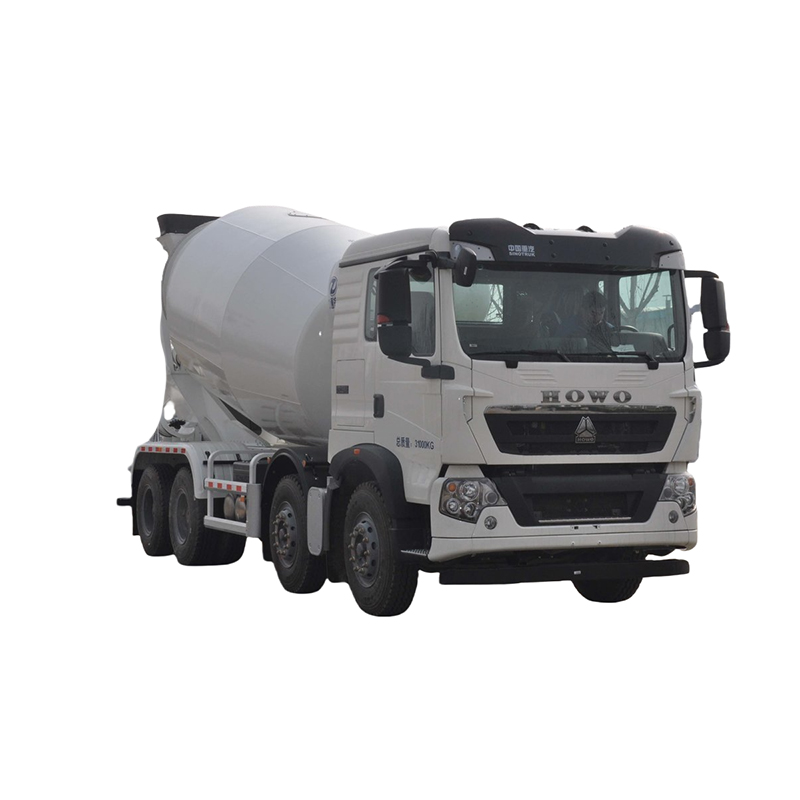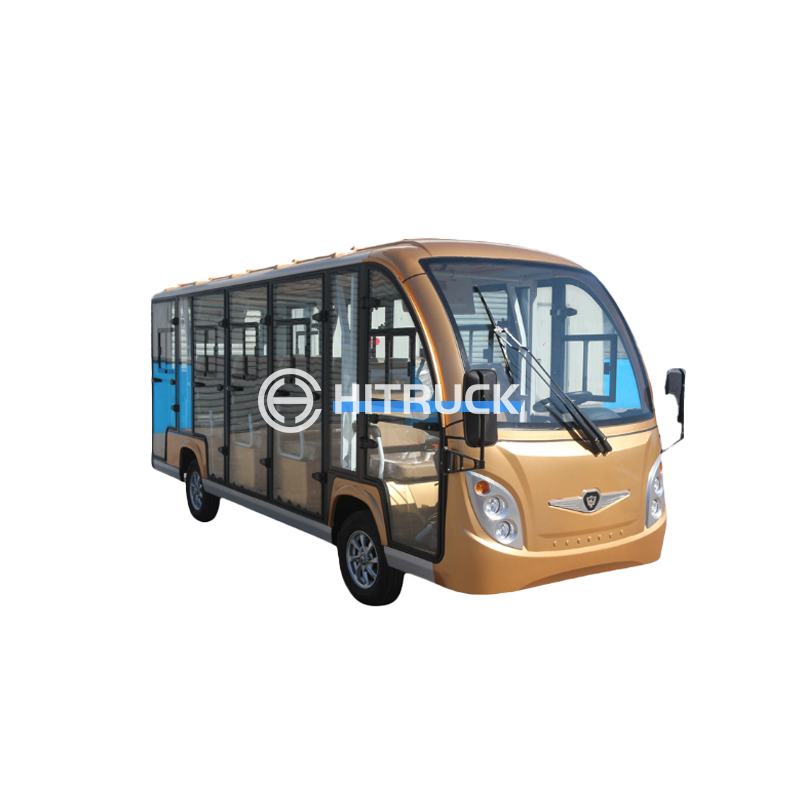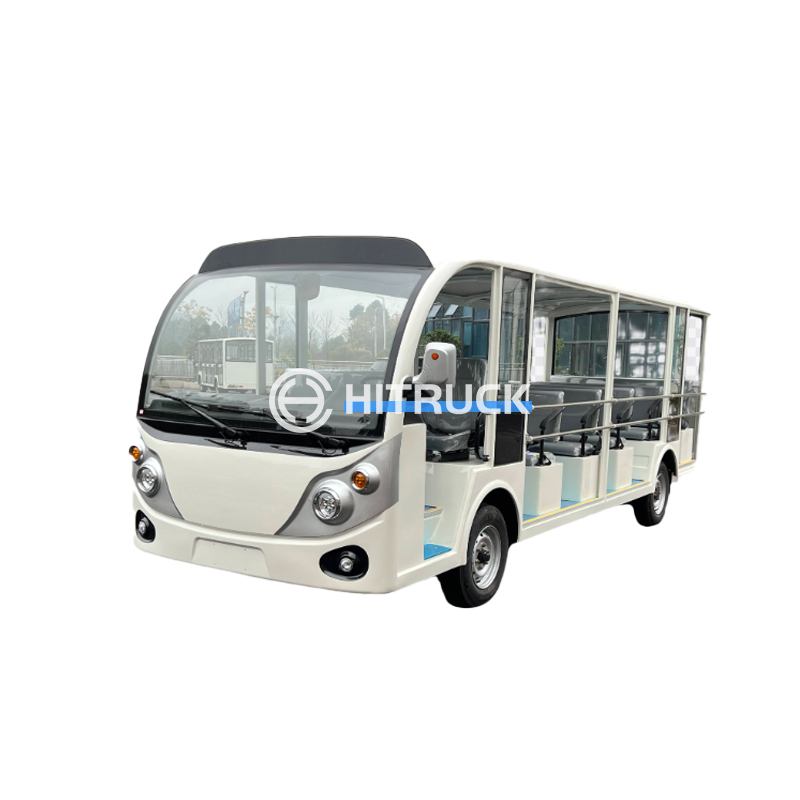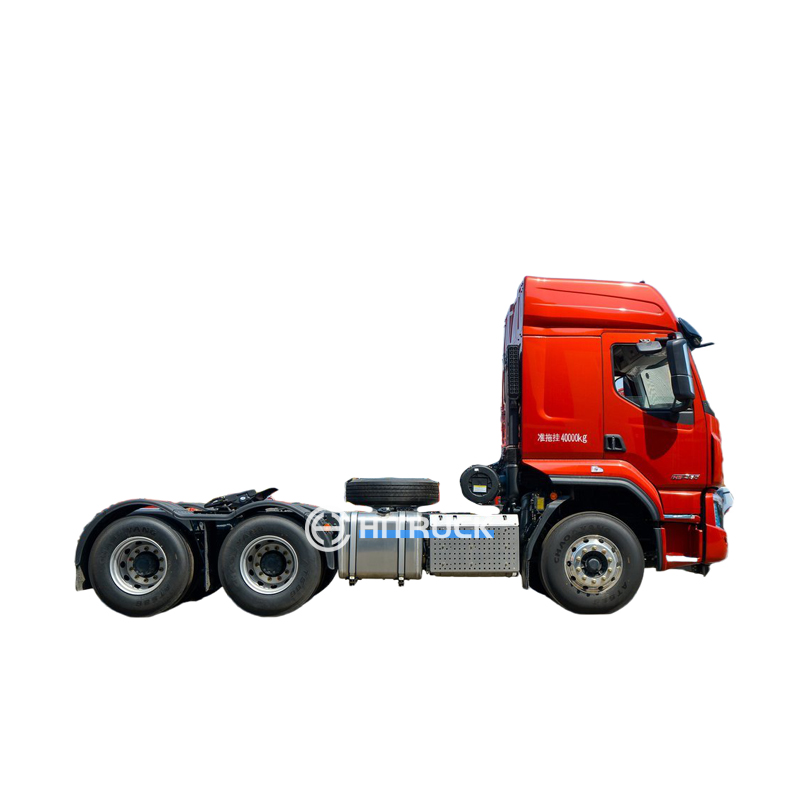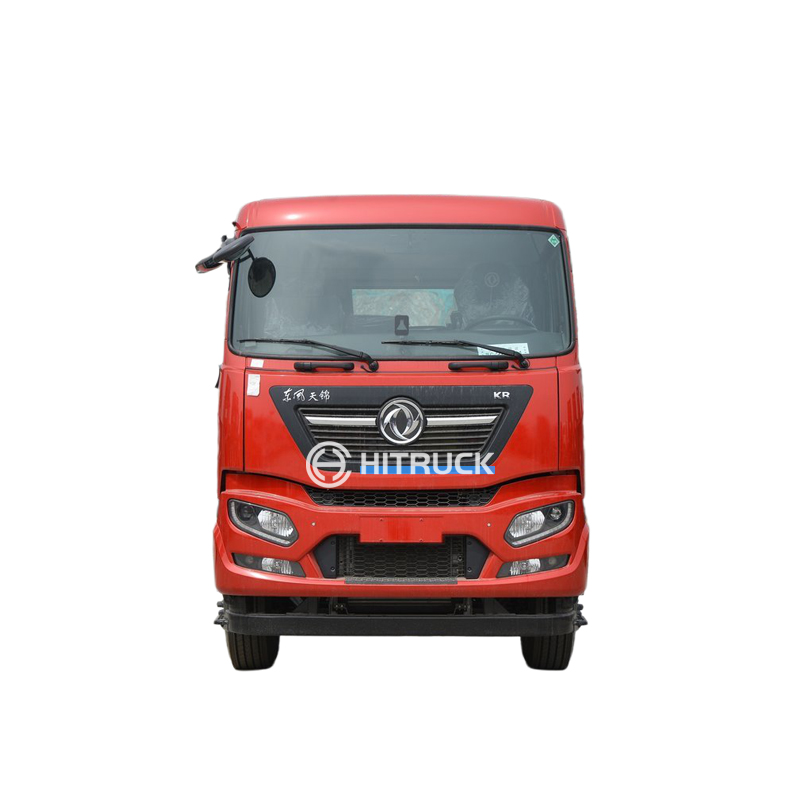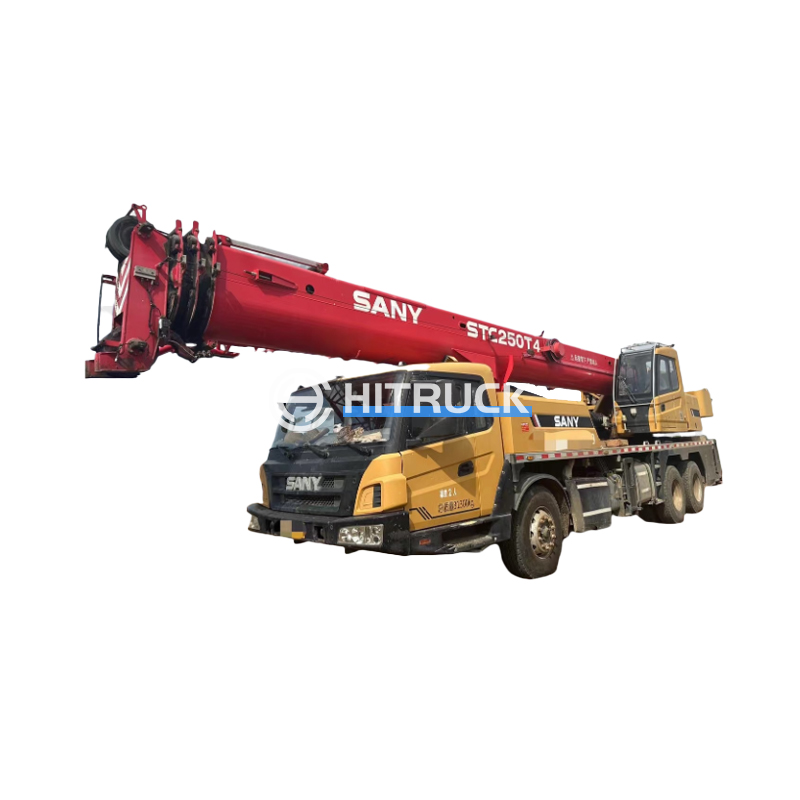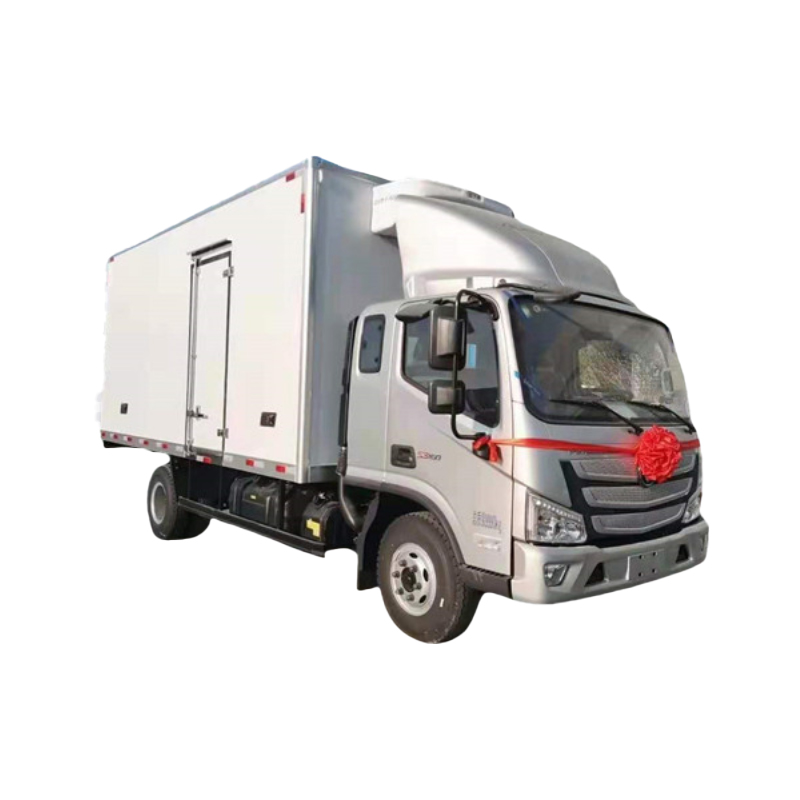This comprehensive guide explores the world of overhead cranes, covering their various types, applications, safety considerations, and selection process. We'll delve into the key factors to consider when choosing a overhead crane for your specific needs, ensuring you make an informed decision that optimizes efficiency and safety. Learn about different lifting capacities, power sources, and control systems to find the perfect fit for your industrial setting. We'll also examine maintenance best practices to extend the lifespan of your overhead crane.
These are the most common type of overhead crane. They consist of a bridge structure that travels along a runway, with a hoist that moves along the bridge to lift and move loads. They are versatile and suitable for a wide range of applications. Capacity ranges vary widely depending on the manufacturer and specific design. Consider factors such as span, load capacity, and the required lifting height when selecting an overhead traveling crane. Many different manufacturers produce these, ensuring there's a model to suit almost any environment.
Similar to overhead traveling cranes, gantry cranes differ by having legs that support the bridge structure, rather than running on a fixed runway. This makes them ideal for outdoor applications or areas where a fixed runway cannot be installed. They offer excellent flexibility and are often used in construction or shipbuilding.
Jib cranes are smaller and simpler than overhead traveling or gantry cranes. They are usually mounted on a wall or column and have a swinging jib arm. They are suitable for lighter loads and are often used in workshops or smaller industrial settings. Their compact design makes them perfect for space-constrained areas.
Selecting the right overhead crane involves careful consideration of several crucial factors:
The weight of the heaviest load your overhead crane will need to lift determines the required lifting capacity. Always choose a crane with a capacity that exceeds your anticipated maximum load to ensure safety and prevent overloading.
The span refers to the horizontal distance between the crane's runway rails. The span dictates the area that the crane can cover. Accurate measurement is crucial for optimal functionality.
The required lifting height depends on the height of your workspace and the tallest item you need to lift. Ensure adequate clearance is maintained above the lifted load to prevent collisions.
Overhead cranes can be powered by electricity or compressed air. Electric cranes are more common due to their efficiency and power. Air-powered cranes might be preferable in environments with explosion risks.
Modern overhead cranes typically feature advanced control systems, allowing for precise and safe operation. Consider options like pendant controls, radio controls, or programmable logic controllers (PLCs) based on your operational needs and preferences.
Regular maintenance is vital for the safe and efficient operation of your overhead crane. This includes regular inspections, lubrication, and repairs as needed. Adherence to safety regulations is paramount. Always consult the manufacturer's guidelines and relevant safety standards.
For reliable overhead crane solutions and expert guidance, explore reputable suppliers like Suizhou Haicang Automobile sales Co., LTD. They offer a wide range of high-quality overhead cranes tailored to various industrial needs. Their expertise ensures you find the perfect overhead crane for your specific application.
| Crane Type | Capacity | Span | Application |
|---|---|---|---|
| Overhead Traveling Crane | High to Very High | Variable, typically large | Warehouses, Factories |
| Gantry Crane | Medium to High | Variable | Outdoor, Construction Sites |
| Jib Crane | Low to Medium | Limited | Workshops, Small Factories |
Remember to always prioritize safety when operating and maintaining your overhead crane. Consult relevant safety regulations and seek professional assistance when needed.

